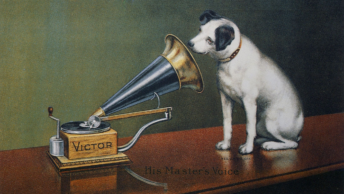
With the Holidays come the fraudulent charities and scam artists that take advantage of the season of giving. This year, tough economic times mean more people need help. Unfortunately, there are often no easy ways to tell the good guys from the bad guys. Studies show that half of most charity donations on an annual basis are made between Thanksgiving and New Year’s Eve
Most people want the bulk of their donation to go to the charity’s programs, not its administrators or fundraisers. To that end, the better-giving guides typically suggest you ask for the charity’s Form 990, the Internal Revenue Service form that is supposed to detail how contributions are spent. Charities start using this new form this year, but the IRS pretty much depends on the organizations to be honest. There is no clear cut guideline to how much a charity should spend on fundraising but the Better Business Bureau thinks a range of 25% to 35% is reasonable. Too many charities spend 85% to 95% of their donations on expenses and fundraising fees, leaving only 5% to 15% to be used for their stated purpose.
There are some things that everyone should do:
Hang up on telemarketers. Never give out any credit card information over the telephone or for that matter any personal information like Social Security numbers, bank account numbers, or any personal information. Charities, by the way, are not bound by the Do-Not-Call list. Ask for information to be sent to you by mail.
Ignore pleas to help police and firefighters. Scams abound in this corner of the fundraising world. If you really have your heart set on helping your local firefighters or policemen, call the department and find out if it has an official foundation or benevolent fund, and send your money there.
Be wary of pleas for veterans. This is another area of fundraising that abounds with scam artists. If you want to help the veterans, contact them direct.
Avoid car donation charities. The charities receive as little as $100 per car. The junkyards and auction houses that process the cars benefit handsomely from your donation.
Check out the charity especially mail requests for money. Save the Children can be easily confused with Feed the Children or the Cancer Fund of America and the Cancer Research Institute. A genuine charity or law-abiding fundraiser should be willing to send you the information you request. If a charity balks, you can pretty much strike it from your list. You can always go to www.give.org to verify a charity.
Avoid the Email Charity. Do not respond to email charity solicitations. Real charities do not normally recruit new donors by email. Email charity scams may use legitimate sounding names and link to a web site where you can make a donation. These tend to be fake websites made to look like an organization’s official site.
It is truly a shame that mixed with the many good charities in the United States there are more and more fraudulent and dishonest organizations with the sole purpose of scamming people out of money during a season when most people want to be generous. The best advice is: don’t give as a knee jerk reaction. Instead, research any charity you are considering and make sure that they spend most of the donated funds on their programs and keep advertising and administrative costs below or close to 25%.








